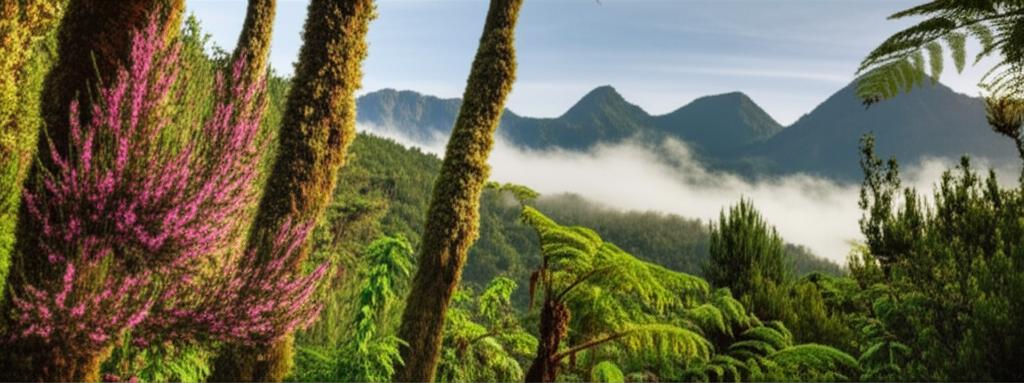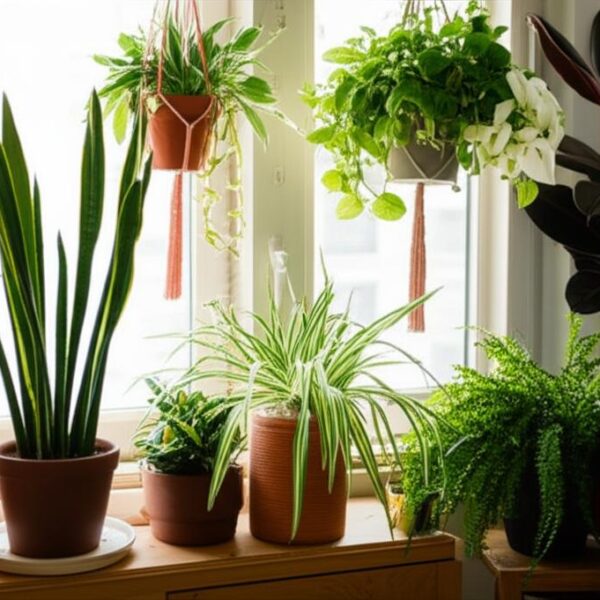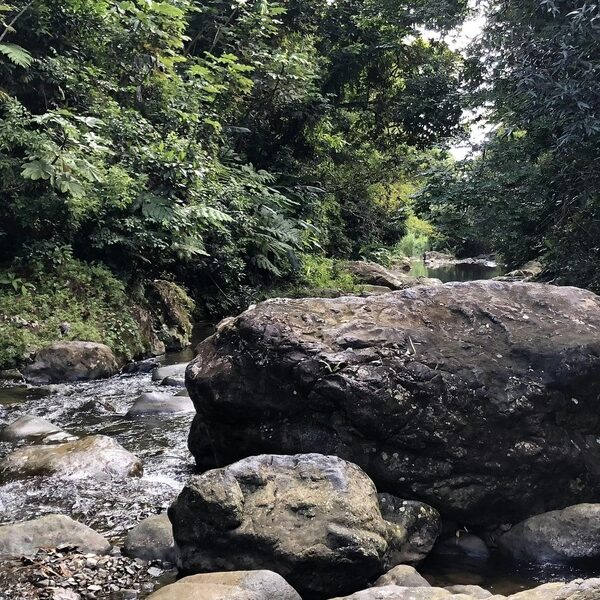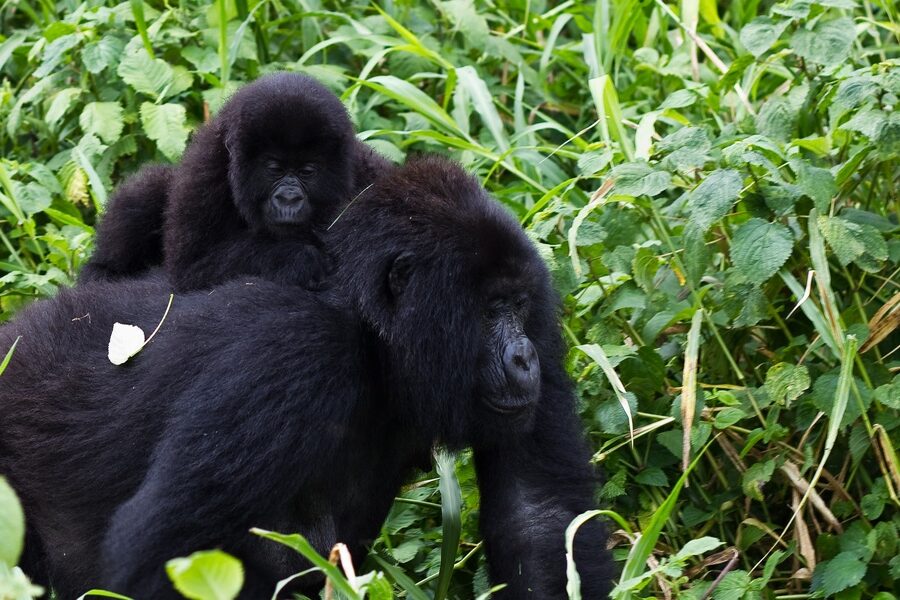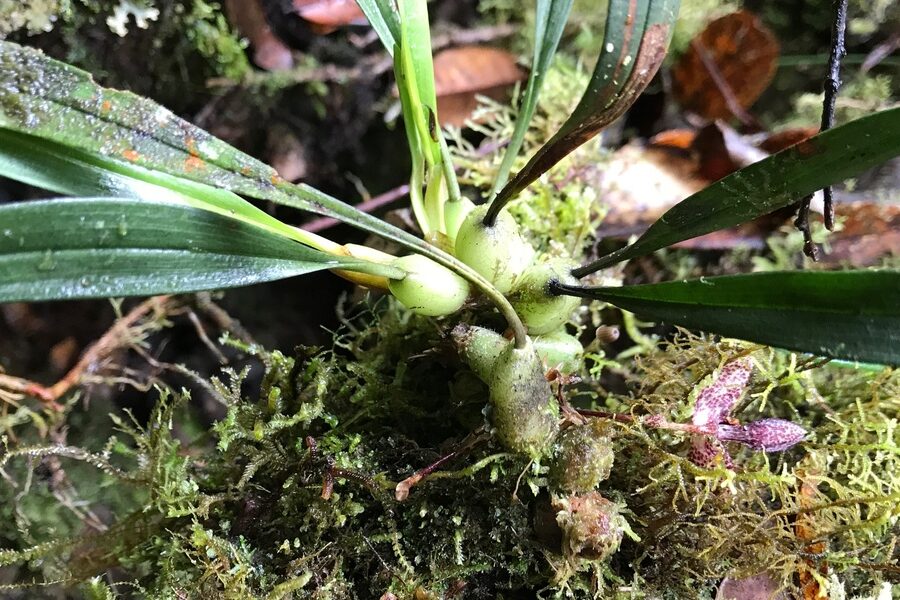In 1925, the Parc National des Volcans was established, creating a refuge for many of Rwanda’s highest-elevation plant communities and setting the stage for nearly a century of botanical study in the highlands.
Those highland communities, from Afromontane forest patches up to Afro-alpine moorlands on peaks like Mount Karisimbi (4,507 m), host a mix of canopy trees, dense bamboo belts, heathers and oddball alpine specialists that you won’t find at lower elevations.
Located on the western edge of the Albertine Rift, Rwanda’s highland plant life sits inside a region with remarkable endemism — roughly 1,000+ plant endemics across the Rift — and plays outsized roles in water regulation, soil stability and local livelihoods.
This piece profiles ten representative plants and plant groups organized into four themes: montane-forest pillars; bamboo, heathers and the ground layer; iconic alpine specialists; and cultural, medicinal and economic species.
Montane-forest pillars: trees that shape the highlands
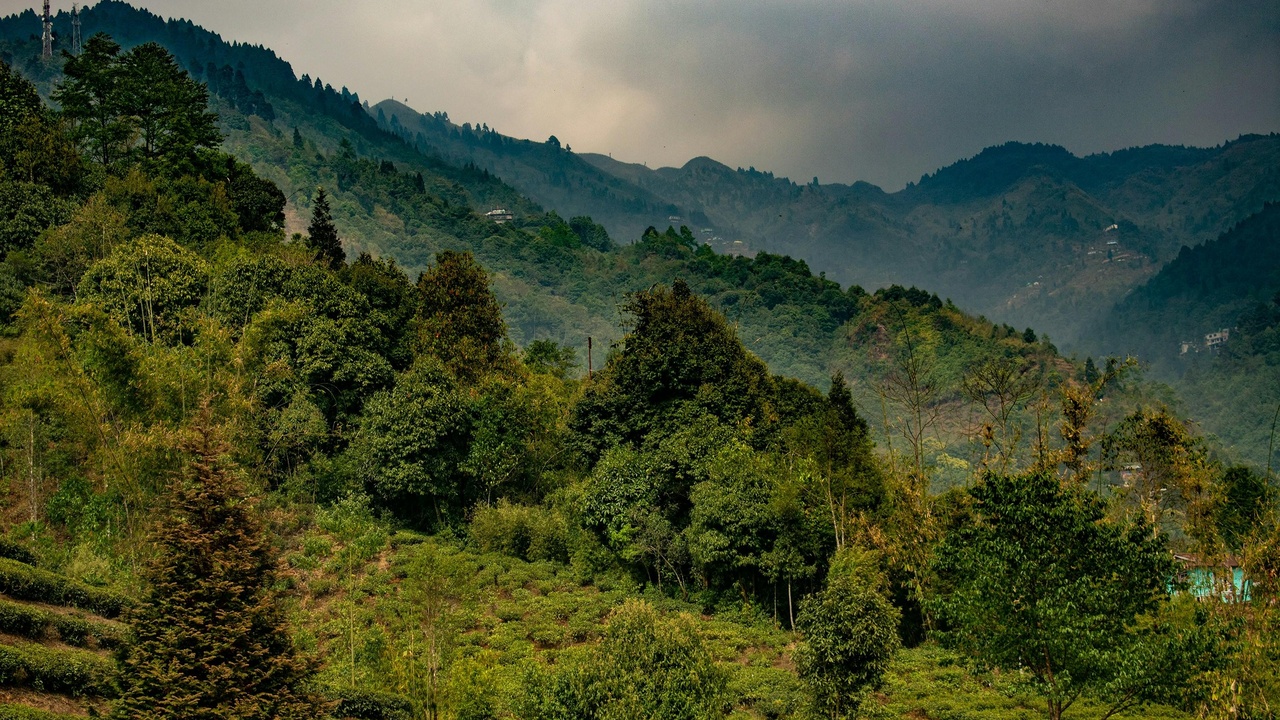
Afromontane trees form the structural backbone of Rwanda’s montane forests, typically occurring between about 1,800 and 3,000 metres. Their canopies trap moisture, their roots hold steep soil layers and they supply fruit, timber and traditional medicines to local people.
These forests are part of the Albertine Rift biodiversity hotspot and are crucial for stabilizing slopes above major catchments that supply water to downstream communities.
1. Hagenia abyssinica — the Afromontane ‘anchor’ tree
Hagenia abyssinica is a conspicuous highland tree that shapes upper montane patches, often reaching 10–20 m and forming open canopy stands on ridges and slopes.
The species’ female flowers were long used in traditional medicine as an anthelmintic, and today those cultural uses persist in some communities around Volcanoes National Park and the higher Nyungwe ridges.
Because Hagenia stands help bind soil on steep slopes, selective cutting for timber or fuelwood can increase erosion and degrade downstream water quality — a management concern park authorities and local cooperatives monitor closely.
2. Afrocarpus / Podocarpus-type trees — evergreen giants of the montane canopy
Yellowwoods and related podocarps are evergreen canopy elements in Rwanda’s montane forests, especially in Nyungwe and on eastern Virunga slopes.
They grow slowly, produce dense, durable timber and store significant carbon in their trunks and soils, so overharvest reduces both biodiversity and long-term carbon stocks.
Local communities use these trees for construction and shelter, which is why sustainable management and selective-harvest regulations are a current conservation focus in forest reserves and community-management pilots.
3. Erica species (tree heathers) — shaping subalpine heathlands
Erica species often dominate the subalpine belt and the transition between closed forest and Afro-alpine moorland, forming dense heathlands on exposed ridgelines.
They tolerate acidic, thin soils and provide abundant nectar for bees and other pollinators, while their shrubs help stabilise shallow soils and reduce wind erosion on high slopes.
Erica stands are common around the higher Volcanoes ridges and upper Nyungwe slopes, and they frequently act as early successional cover after disturbance.
Bamboo, heathers and the ground layer: the understorey that matters
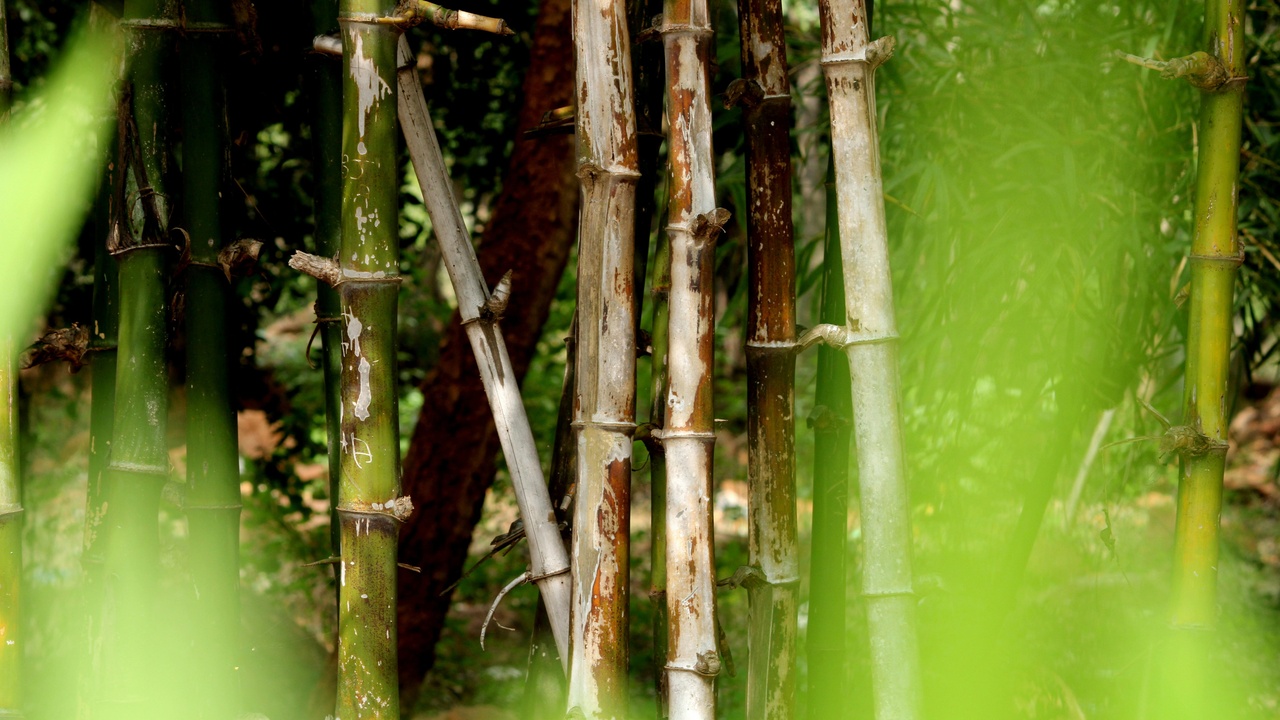
The midstorey and ground layer — bamboo, sedges, grasses and epiphytes — control soil moisture, mediate runoff and create habitat complexity that supports a suite of wildlife.
Dense alpine bamboo belts can reroute animal movement and affect local fire regimes, while peat-forming sedges maintain boggy headwaters that supply clean, steady flows downstream.
4. Arundinaria/Yushania alpina (African alpine bamboo) — seasonal and structural influence
African alpine bamboo forms towering, monospecific stands several metres high in parts of Volcanoes National Park and portions of Nyungwe.
Locally it’s used for fencing, simple building materials and handicrafts, and its flowering cycles (which may be synchronous across large areas) can suddenly change resource availability for both people and wildlife.
Bamboo belts also influence trail creation and gorilla movement in parks where bamboo occurs close to gorilla range, so managers pay attention to bamboo distribution when planning visitor routes.
5. Alpine sedges and grasses — specialists of boggy highlands
Sedges and tussock grasses dominate waterlogged patches and high bogs, often forming cushion mats that build peat-like soils over volcanic plateaus.
Those cushions slow runoff, store rainfall and keep headwater streams flowing steadily — services that benefit downstream communities during dry spells.
On Virunga summits and Nyungwe uplands, these sedge-dominated bogs act as sponge-like reservoirs that reduce flash floods and help maintain water quality.
6. Epiphytes and highland orchids — microhabitat specialists
Ferns, mosses and orchids grow on trunks and branches, creating vertical layers of habitat and microclimates in humid montane stands.
Epiphyte abundance rises with canopy complexity, and many orchids recorded in Albertine Rift surveys are locally restricted, making them useful bioindicators of forest health.
Moss carpets on trunks and showy understory orchids also attract collectors, so protected-area monitoring and community outreach are vital to reduce illegal removal.
Alpine specialists: dramatic plants of the highest slopes
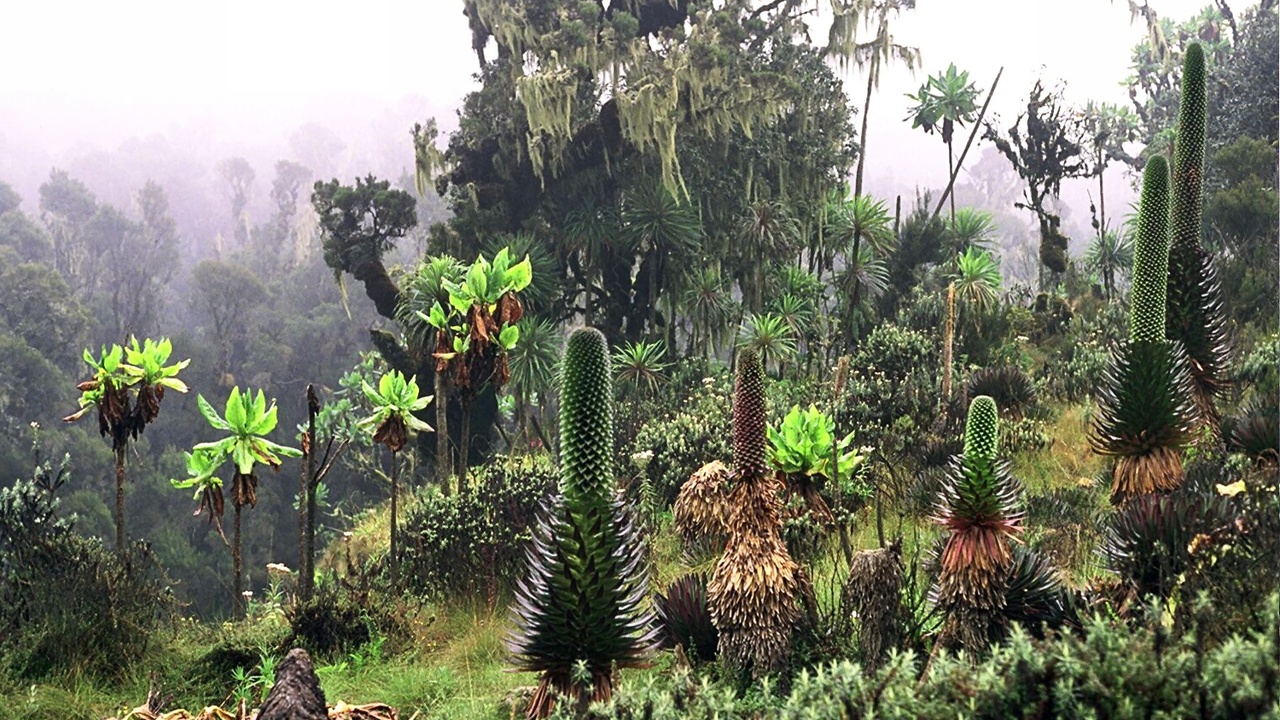
The Afro-alpine zone (typically above ~3,200 m in the Virunga chain) exposes plants to cold nights, strong sun and thin soils, and as a result many species have evolved dramatic rosette, cushion or insulating forms.
These specialists are often range-restricted and serve as sensitive indicators of climate-driven elevational change, so their conservation has both scientific and practical value.
7. Giant lobelia (Lobelia wollastonii) — the rosette specialist
Giant lobelia is a classic Afro-alpine rosette plant with a compact leaf crown that conserves heat and moisture, and it produces a tall flowering stalk when in bloom.
Its striking silhouette makes it a magnet for photographers and ecotourists on upper volcanic slopes, and ecologically its nectar supports specialized pollinators adapted to high elevations.
Observers note Lobelia stands above the forest line on Virunga summits, where seasonal flowering adds brief pulses of nectar to a harsh landscape.
8. Giant groundsels (Dendrosenecio spp.) — slow-growing alpine sentinels
Dendrosenecio species look like small trees of stacked rosettes and are restricted to high-elevation zones across East Africa, including parts of the Virunga range.
They grow slowly, live long and recover poorly from grazing or severe disturbance, which makes them valuable indicators when ecologists monitor shifts in alpine plant communities.
Because of their slow regeneration, even localized impacts can echo for decades, so conservationists use groundsel patches to track long-term ecosystem change.
Cultural, medicinal and economic species
Several highland plants have direct economic and cultural value, from bark traded in international markets to ornamentals sold in urban markets, creating both opportunity and pressure.
Balancing use and protection requires governance, sustainable-harvest methods and community-based management that reward local stewardship.
9. Prunus africana — medicinal bark and conservation tensions
Prunus africana, the African cherry, is valued for bark extracts used in pharmaceutical preparations for prostate-related medicines, and international demand has driven heavy harvesting in several countries.
Unsustainable bark stripping can kill trees, so CITES listings and regulated harvest schemes have been applied regionally, and Rwanda has supported replanting and community-forest initiatives to protect remaining stands.
When local collectors receive training and a share of benefits, the incentives to conserve Prunus populations improve — a model replicated in some East African programmes.
10. Impatiens sakeriana and other ornamental understory species — aesthetic and cultural roles
Impatiens sakeriana is a showy understory plant that appears in montane clearings and forest edges and is popular with gardeners and visitors for its bright flowers.
These ornamentals support pollinators and can be grown sustainably for local markets, offering income alternatives to destructive wild harvests when raised in nurseries.
Urban gardeners in Kigali and botanical gardens sometimes trade or display highland ornamentals, which helps raise public interest in conserving montane habitats.
Summary
- Highland plants — from Hagenia and yellowwoods to giant lobelias — form the structural and functional backbone of Rwanda’s mountain ecosystems.
- Understorey components like alpine bamboo, sedges and epiphytes are critical for water retention, soil stability and wildlife habitat.
- Alpine specialists are range-restricted and particularly vulnerable to warming and disturbance, making them priority targets for monitoring.
- Some species have direct economic value (e.g., Prunus africana bark), so sustainable harvest rules and community management are essential to reconcile use with conservation.
- Supporting protected areas (Volcanoes and Nyungwe), community-based conservation and botanical research helps secure the high-elevation flora of Rwanda for future generations.
